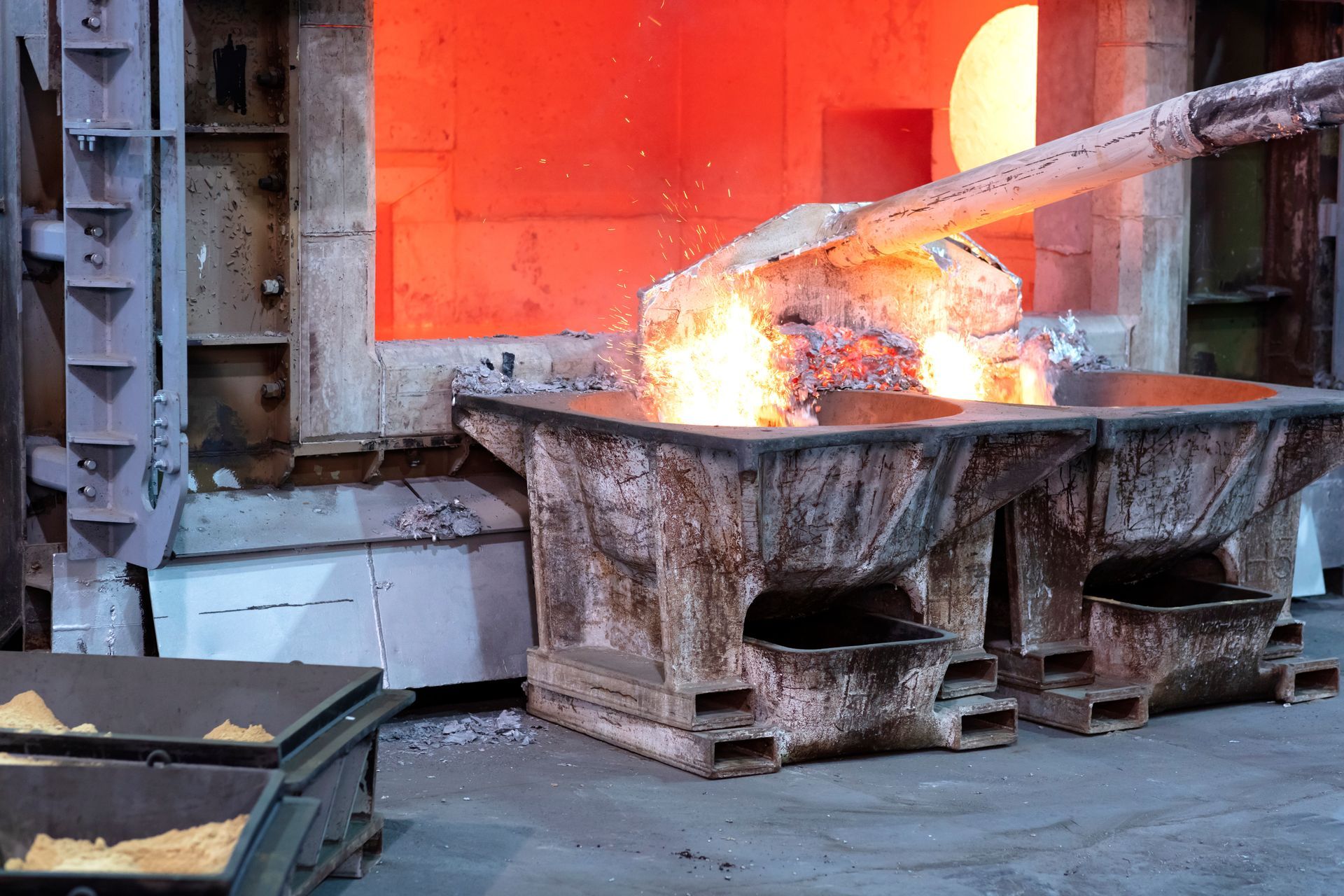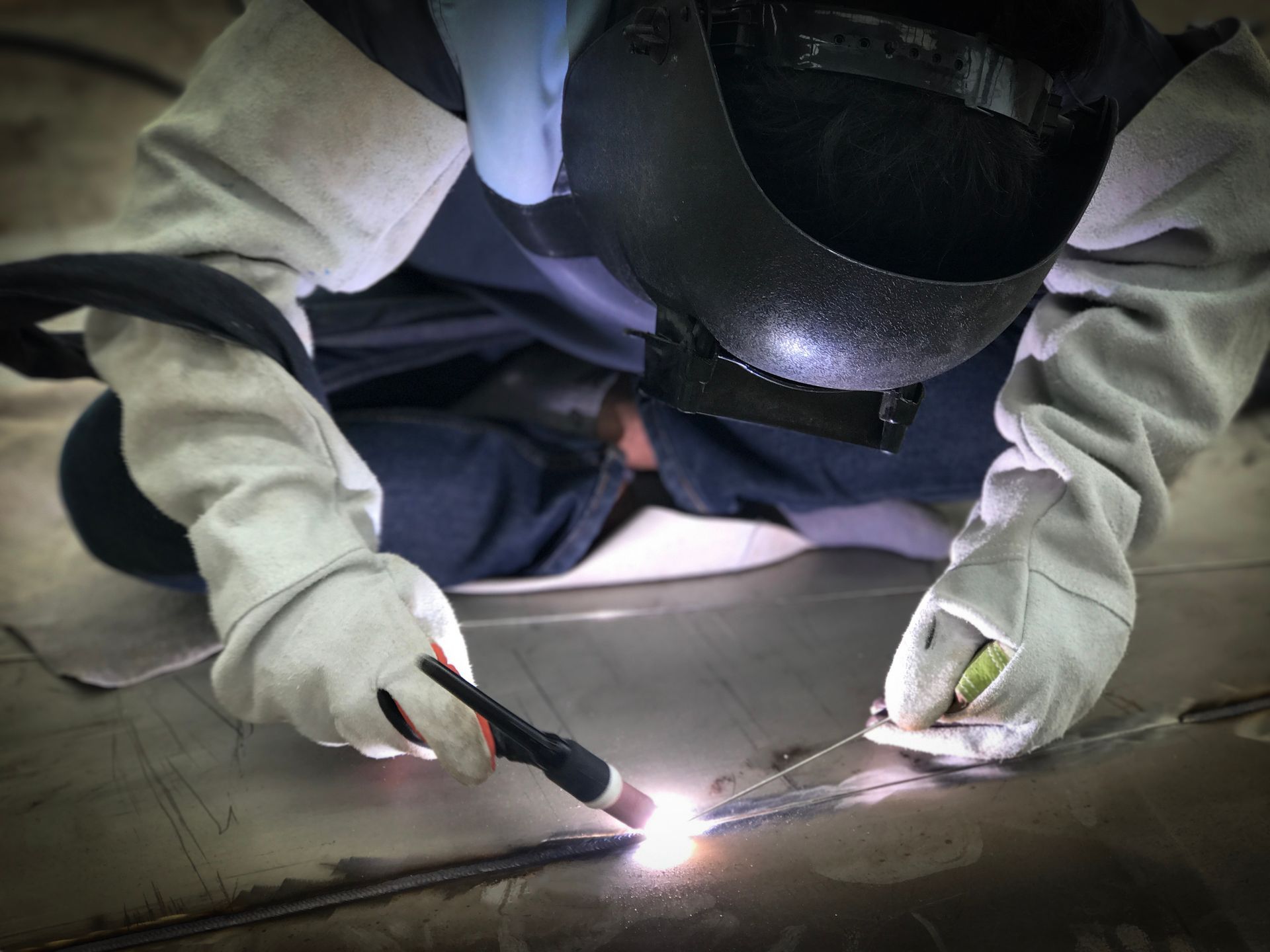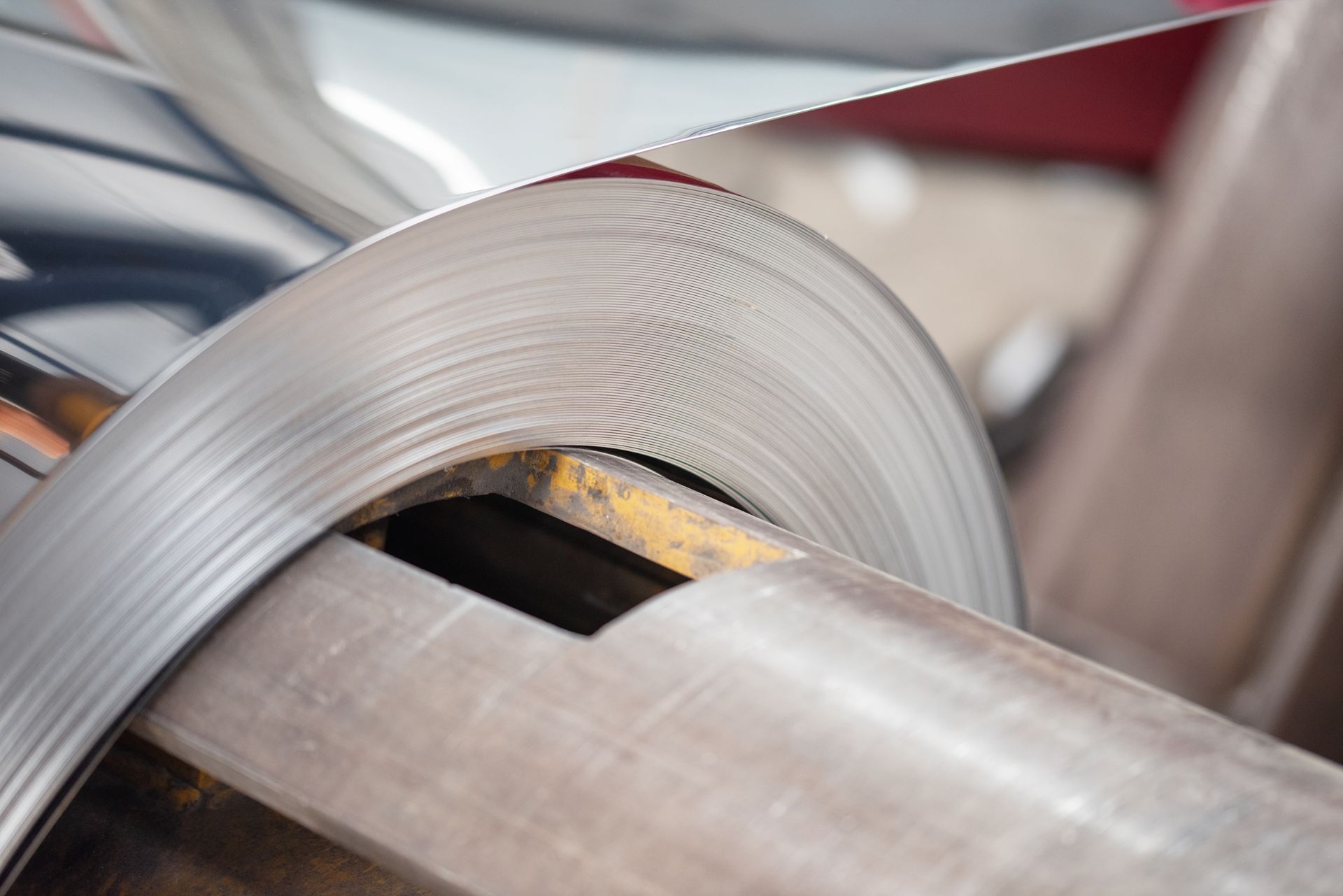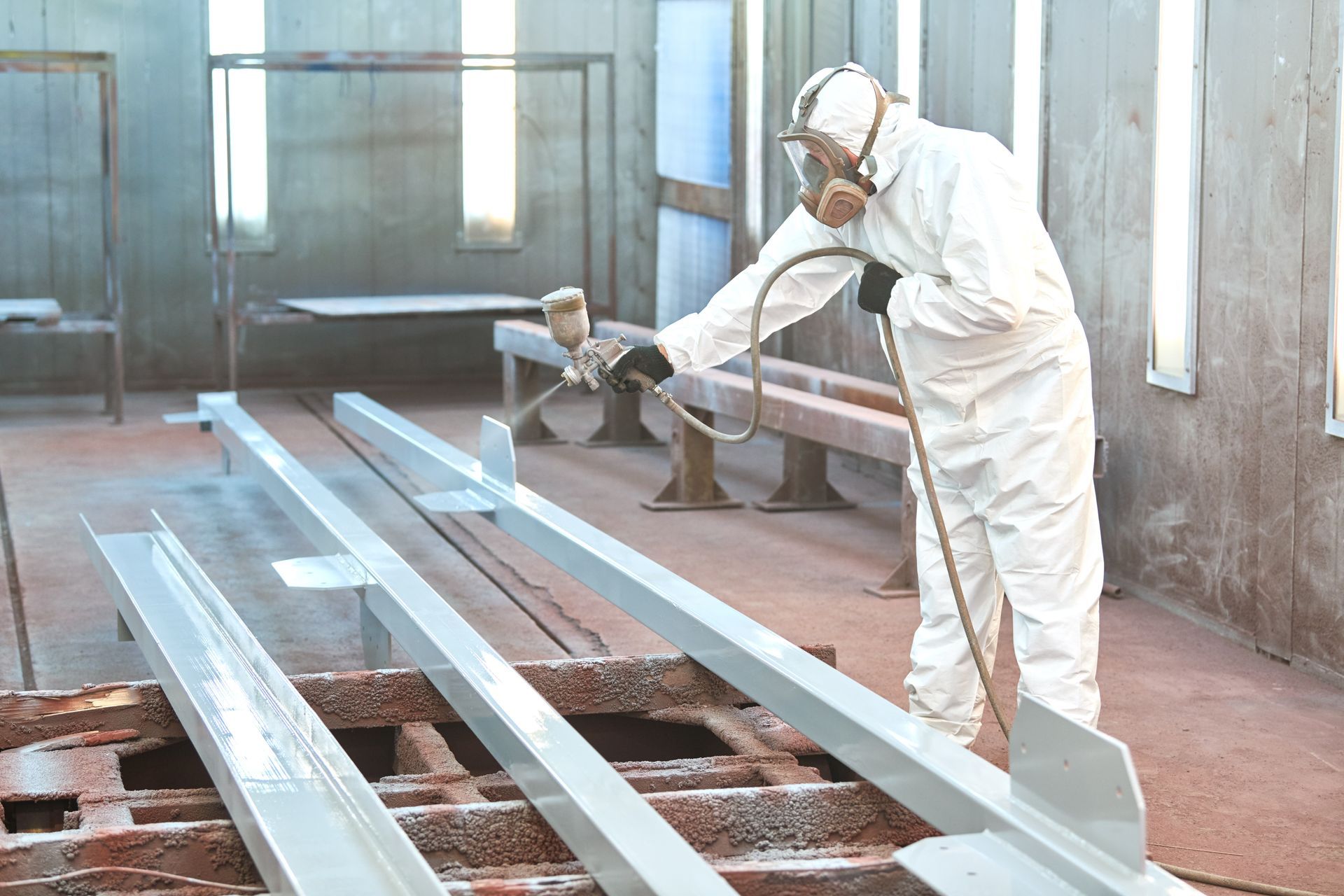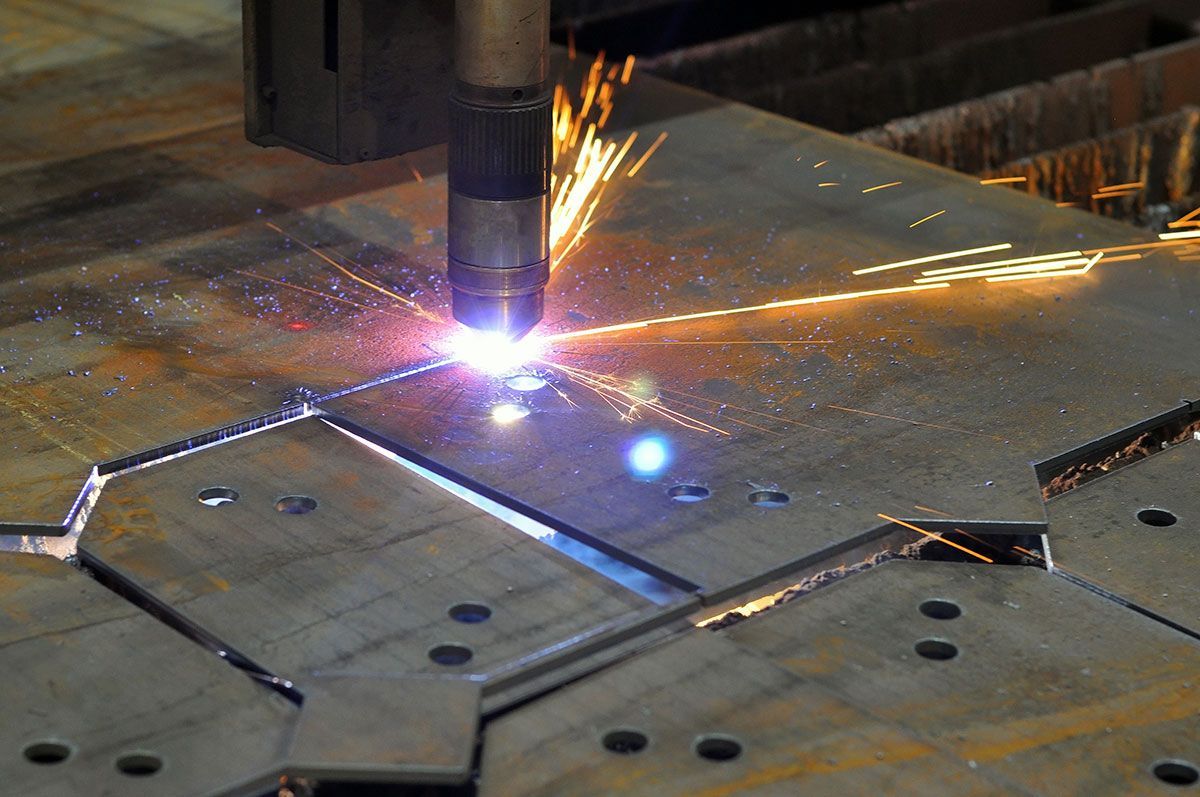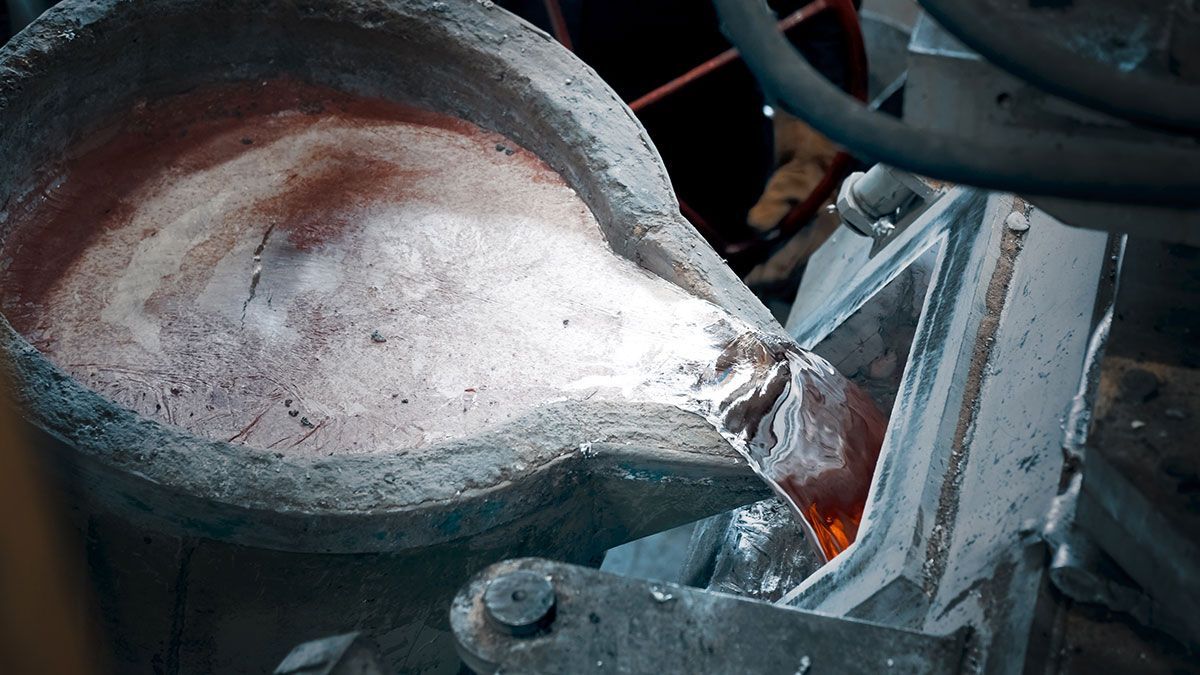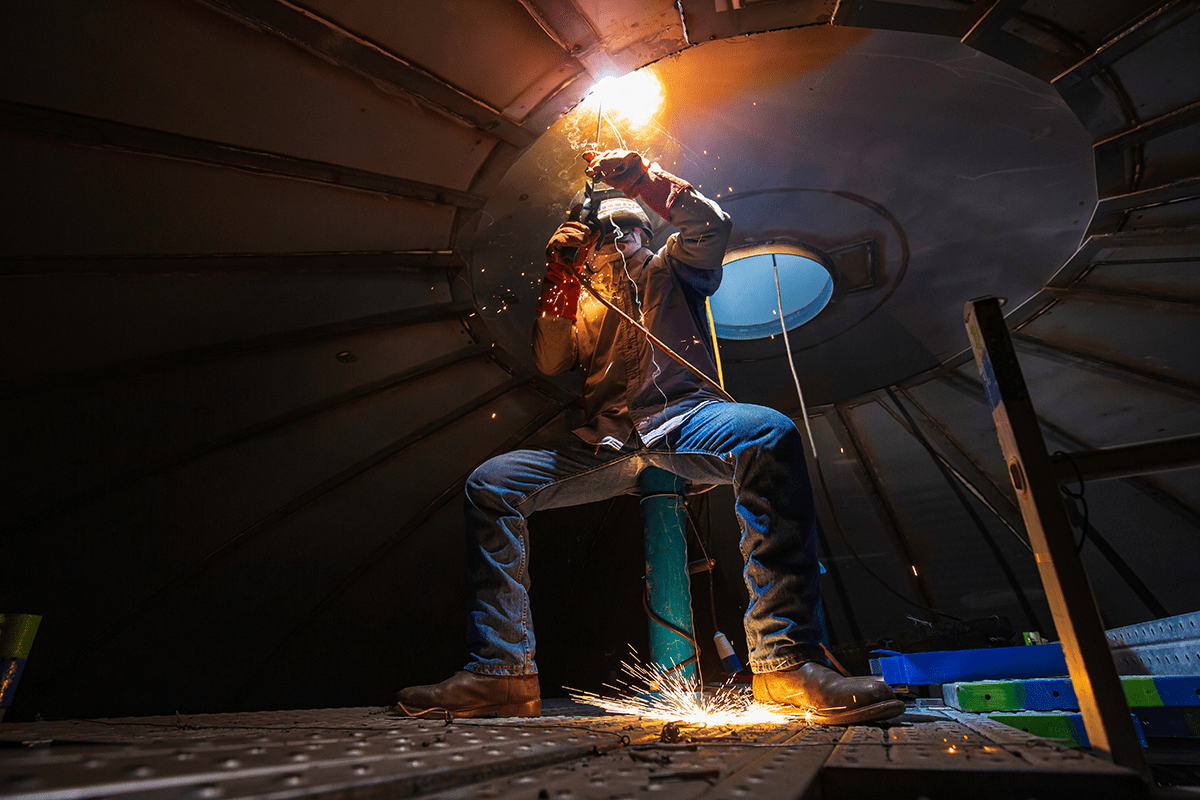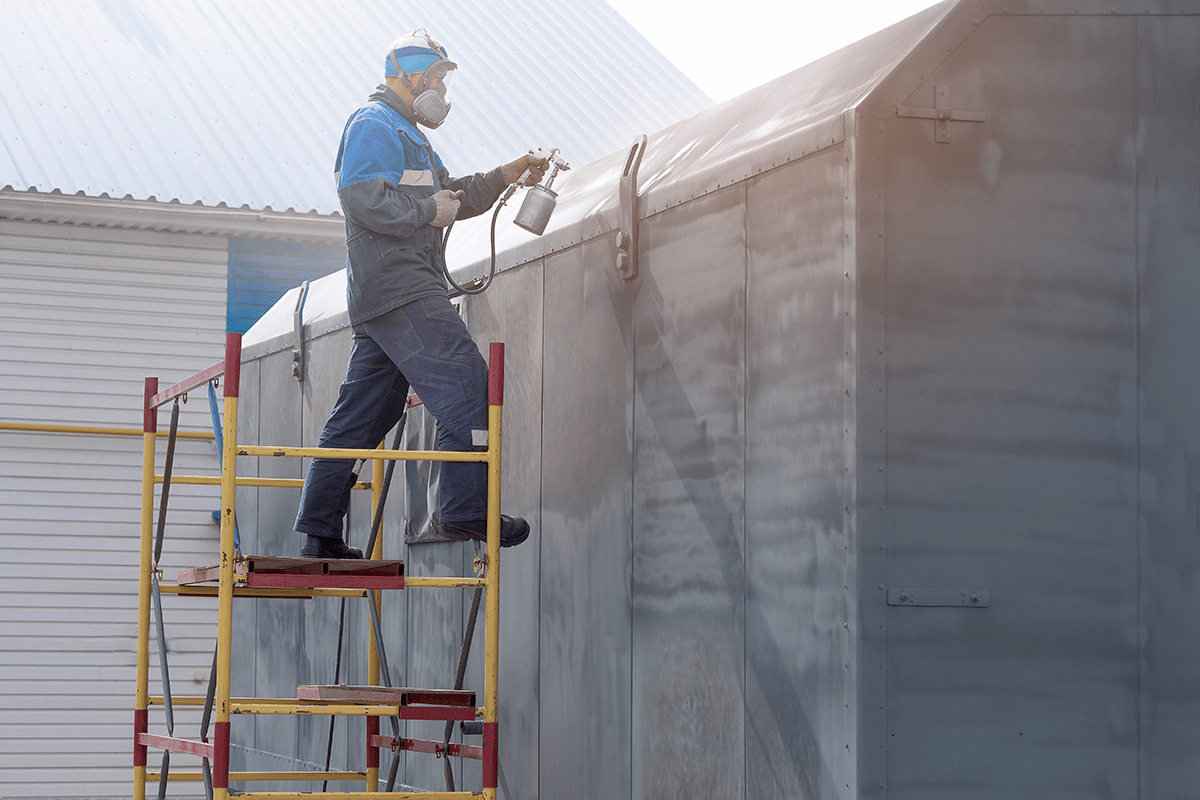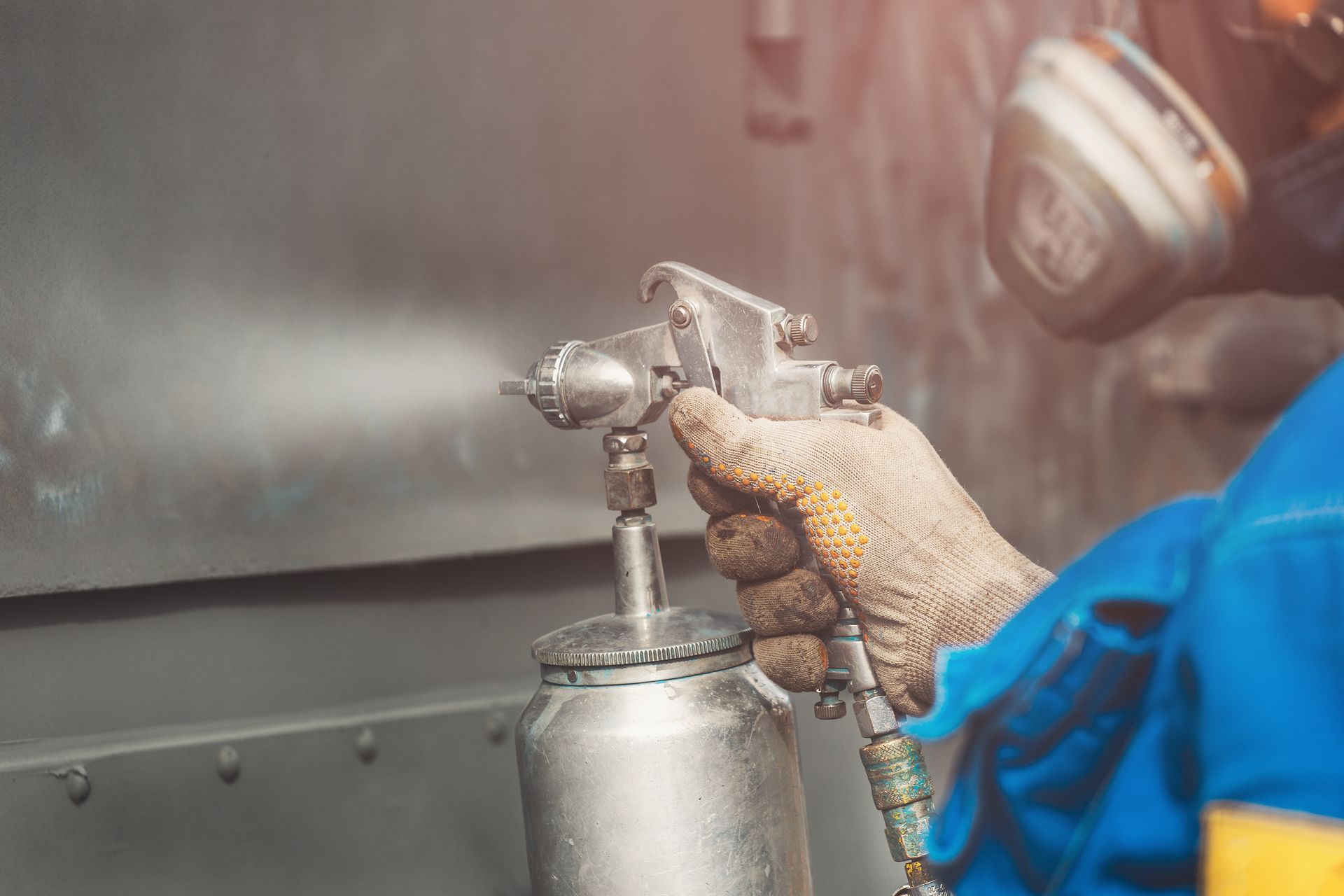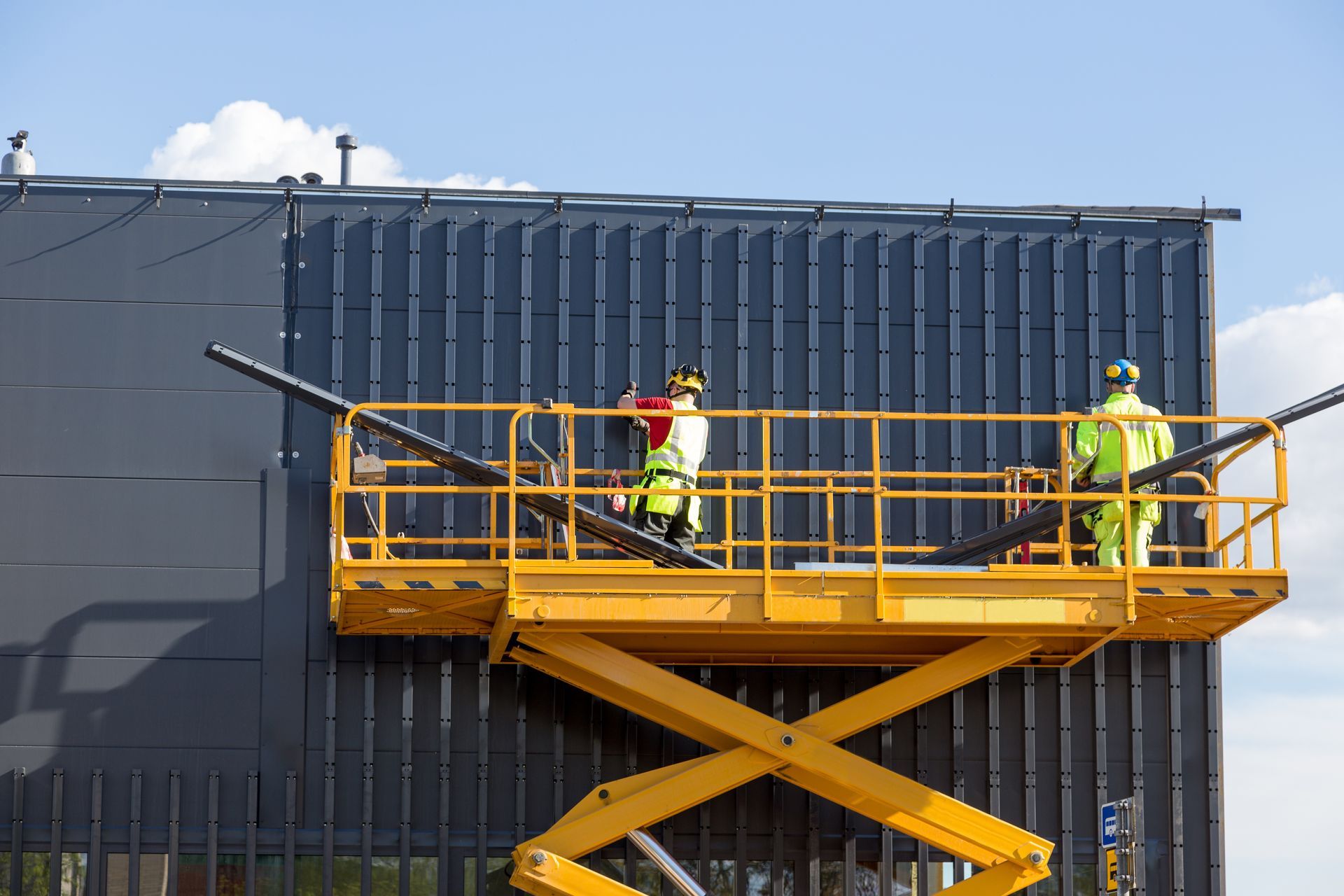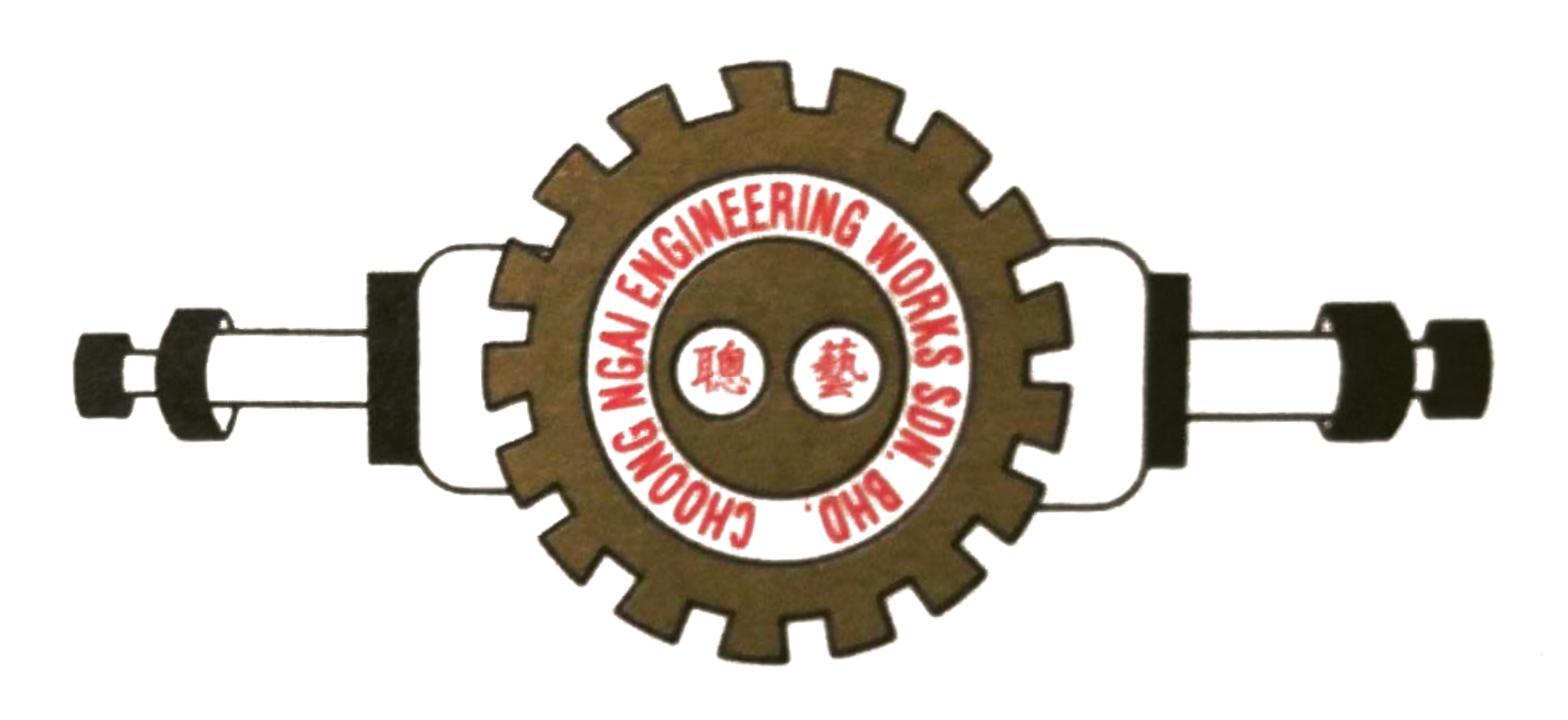Quick Guide: Industrial Storage Tank Process
If you're in the business of heavy industries, manufacturing, farming or many more, chances are, you would have encountered storage tanks and have dealt with them before.
But how familiar are you with the process of making storage tank? In fact, it is a detailed process of designing and building containers of organic liquids, non-organic liquids, vapours, or solids.
Many tank fabrication companies design and build custom storage tanks with a customer’s need and usage in mind. Industries where storage tanks can be found are typically industries consuming or producing goods, liquids, and or vapours.
Industries like petroleum either in producing or manufacturing petroleum, chemical engineering and or manufacturing, and the agriculture industry also utilize storage tanks for bulk storage.
In this article, we'll explore the different types of storage tanks, the materials used in making storage tank as well as its process and a trusted storage tank company you can rely on.
Types of Bulk Storage Tanks
1. Spherical Storage Tanks
These are mainly used for storage of high-pressure fluids. The curved shape makes spherical tanks very strong structurally.
This is due to the even distribution of stresses on the sphere’s surfaces, both internally and externally, generally means that there are no weak points.
Spheres however, are much more costly to manufacture than cylindrical vessels. An advantage of spherical storage vessels is that they have a smaller surface area per unit volume than any other shape of vessel.
2. Cylindrical Storage Tanks
Cylinders are widely used for storage due to their being less expensive to produce than spheres. However, cylinders are not as strong as spheres due to the weak point at each end.
That being said, hemispherical or rounded ends being fitted reduce this weakness. If the whole cylinder is manufactured from thicker material than a comparable spherical vessel of similar capacity, storage pressure can be similar to that of a spherical storage tank.
3. Fixed Roof Storage Tanks
Fixed-roof tanks are usually the least expensive to construct. They are generally considered the minimum acceptable equipment for storing liquids.
A typical fixed-roof tank consists of a cylindrical steel shell with a cone- or dome-shaped roof that is permanently affixed to the tank shell. These storage tanks are usually fully welded and designed for both liquid and vapour.
A breather valve is often installed on fixed-roof tanks. This allows the tank to operate at a slight internal pressure or vacuum. This valve prevents the release of vapours during only very small changes in temperature, barometric pressure, or liquid level.
Common Materials Used For Storage Tank
1. Stainless Steel
Stainless steel is a common option for storage tanks, and with good reason. Welded stainless steel tanks are incredibly durable, as well.
Stainless steel offers resistance to corrosion, rust, fire and UV light, which means that these tanks last considerably longer than welded steel or concrete.
A welded stainless steel tank is also a leak-free storage solution, meaning you can trust that what you store inside will stay inside.
2. Carbon Steel
Carbon steel has higher carbon content than stainless steel. Because of the larger amounts of carbon, tanks created with this material offer better heat distribution.
This is useful for customers who plan on heating the contents of their tank. Carbon steel is also wear resistant, which is an important quality in an industrial tank, as well as malleable.
The higher carbon content makes the steel harder and stronger than other steels. Tanks made with carbon steel tend to be more affordable.
The Industrial Storage Tank Process
Stage 1. Initial checking of material and storage of material
Storage tank requires high-quality materials that are solid, sturdy and reliable. This can be achieved by implementing a good system of incoming test (initial check) of materials used in fabrication.
This ensures only materials meeting the requirements of technical norms and conditions, state regulations and project documentation for each exact item are used.
The system of incoming test allows to reduce the level of manufacturing defects to a degree. The basic parameters of the income material test:
- Quality of the sheet metal surface;
- Geometric parameters (shape, dimensions and extreme deviations) of the units;
- Chemical composition of metal-roll;
- Stretch test;
- Bending test;
- Impact bending test.
The storage of these materials is essential to ensure their safety, in particular – to protect them against moisture and mechanical damage.
Stage 2. Preparing the metal needed
Sheet metal rolls that are commonly used for manufacturing bottoms and shells are first subjected to flattening. It is carried out in a way that avoids compression marks, dents, buckles and other damage.
After flattening, the whole metal-roll is checked for external defects.
Stage 3. Edging of the metal sheet
Edging is performed before the last step of manufacturing. This provides a consistent clearing of irregularities, barbs (flashes) and ensures firm adherence of the spare parts to each other (edge matching).
This eventually determines the quality of the planned welding joints, as well as meeting the line dimension and shapes requirements stipulated in the design project.
The Different Final Manufacturing Process of Storage Tank
1. Plate-by-plate method
The first method of storage fabrication is the plate-by-plate assembly of the shells, bottoms and roofs. This means that the shell plate and the bottom sheets are rolled to the radius stipulated by the customer's requirements.
The main factor determining the quality of the tank metal structures, produced by this method, is strict provision of their shape (referred to the design), and the set of technological decisions, preventing residual distortion of the metal frameworks during edging.
2. Coiling method
Coiling is another approach to the storage tank process. The storage tank shells, bottoms and roofs are brought to the construction site in the form of coiled strip panels, meant for welding.
The advantages of this method are to be seen in making the tank installation period 3-4 times shorter as a result of cutting down the volume of welding procedures in the building area by about 80%.
This also provides high quality of welding joints due to the use of two-side automatic welding.
Looking for a tank fabrication expert you can trust? Try Choong Ngai Engineering
With Choong Ngai Engineering's veteran technicians and engineers, we can provide manufacturing, repair and maintenance for storage tanks regardless of which industry your business is in.
Most importantly, we'll work alongside you and your team to understand and define your exact requirements, and this process ensures that we provide the best solution to your unique maintenance requirements.
With our custom storage tank equipment and techniques, we've been servicing happy customers for over 20 years. Learn more about our services and previous projects on our website or contact us at
choonngaiengworks@gmail.com
